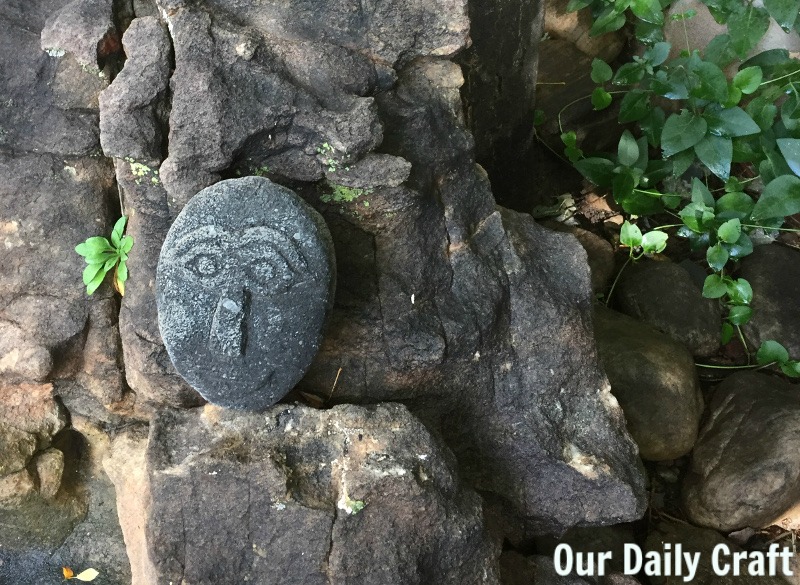Affiliate links may be included for your convenience. View our privacy and affiliates policy for details.
An essential oil diffuser is a great way to add essential oils to a room to make it smell nicer and to get the benefits of different essential oils in your home.
While I love using my DIY essential oil room spray, using a diffuser is also a nice way to add fragrance (and a bit of humidity) to a room.
How Does an Essential Oil Diffuser Work?
There are two main types of essential oil diffusers.
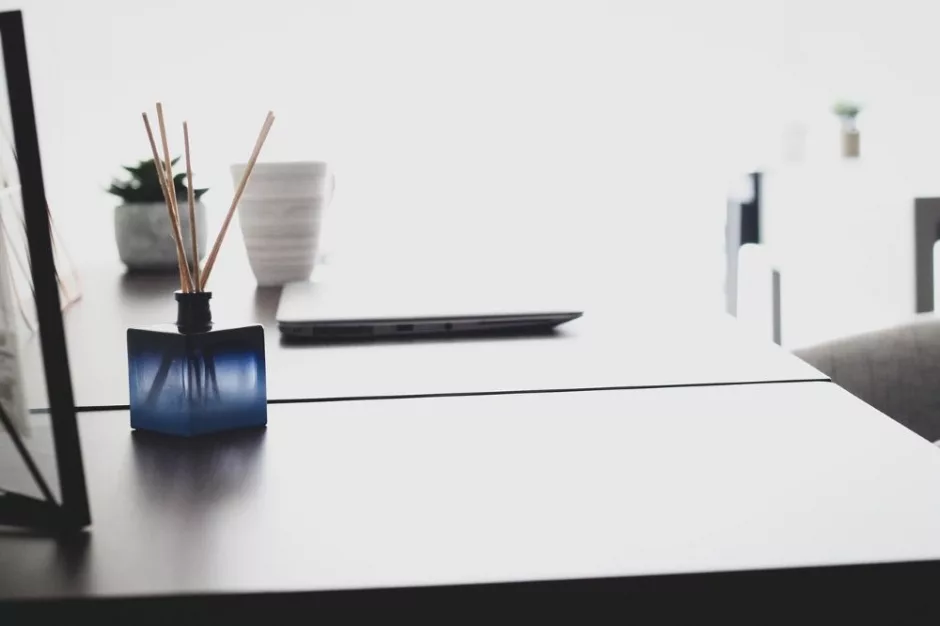
Reed diffusers involve a glass or ceramic bottle filled with diluted essential oils and reed sticks that you place in the bottle.
As the reeds absorb the water, the scent is diffused into the air. The more reeds you use the stronger the smell will be.
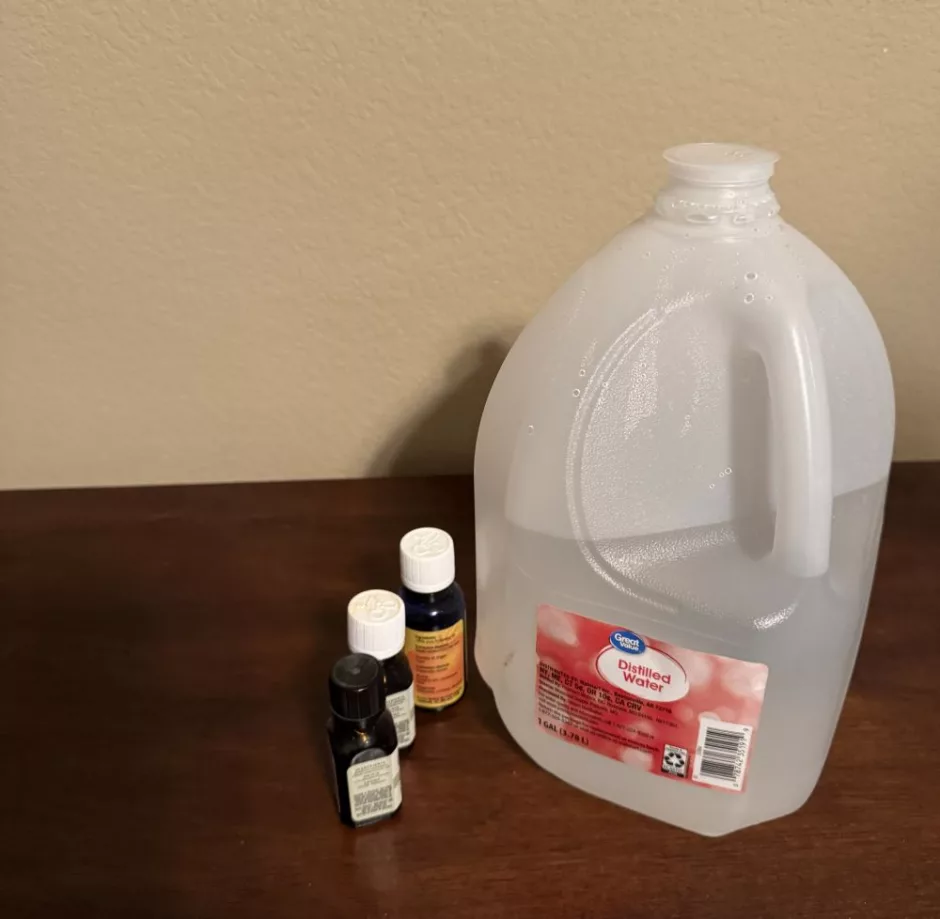
Electric diffusers (this is the one I have) have a reservoir for water and essential oils and a top piece with a spout or hole on the top. They may also include timers and different colors of light to suit your decor or mood.
Once you’ve set up the machine and plugged it in, the water heats up and the oils are diffused through the steam.
There are other diffuser types such as ceramic or clay ornaments you can drop oils onto to allow the scent to fill the air. These can even be worn on the body to provide aromatherapy benefits.
Pros and Cons of Different Diffusers
Reed diffusers can take a long time to start smelling because it takes time for the oil to absorb into the reeds. There’s also the potential for spilling if the bottle is tipped over. You’ll need different bottles of solution for different scents, and may need to buy more reeds over time.
But reed diffusers are pretty, and you can leave them out all the time. They don’t need extra water or electricity. If you’re making your own reed diffuser solution, you’ll need more essential oil than you would for an electric diffuser (which can be good or bad; it’s more expensive per use but you can also combine scents more easily).
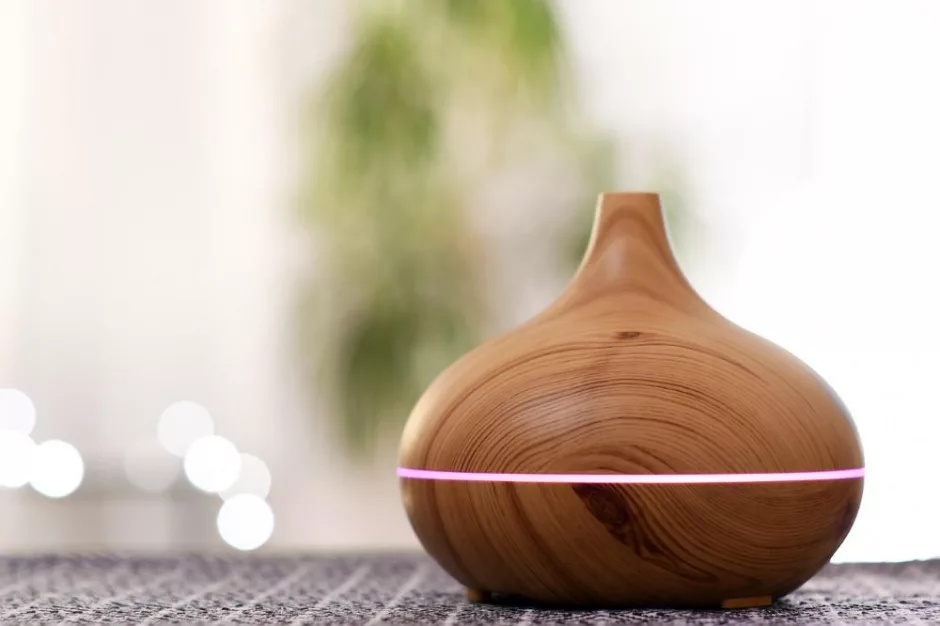
Electric diffusers need a power source, and they need to be cleaned regularly to avoid mineral buildup. They don’t need a lot of essential oil to work, but it’s best to use distilled water, which you will have to buy.
They start working quickly so you can use them in scent emergencies, but they shouldn’t be run for hours at a time. They make a little noise, which can be nice or annoying, depending on how you feel about watery noise in your household.
Both types of diffusers (as well as the bottles of essential oils themselves) should be kept out of reach of children and pets. Always check with a reputable source to determine if essential oils are safe to diffuse for members of your household. (Reputable means don’t just go with the AI answer your search engine provides.)
How to Use an Essential Oil Diffuser
Always make sure you read the instructions for your particular diffuser before use and to see how often it suggests cleaning it. It will also tell you how much water and oil are recommended for the size of your machine.
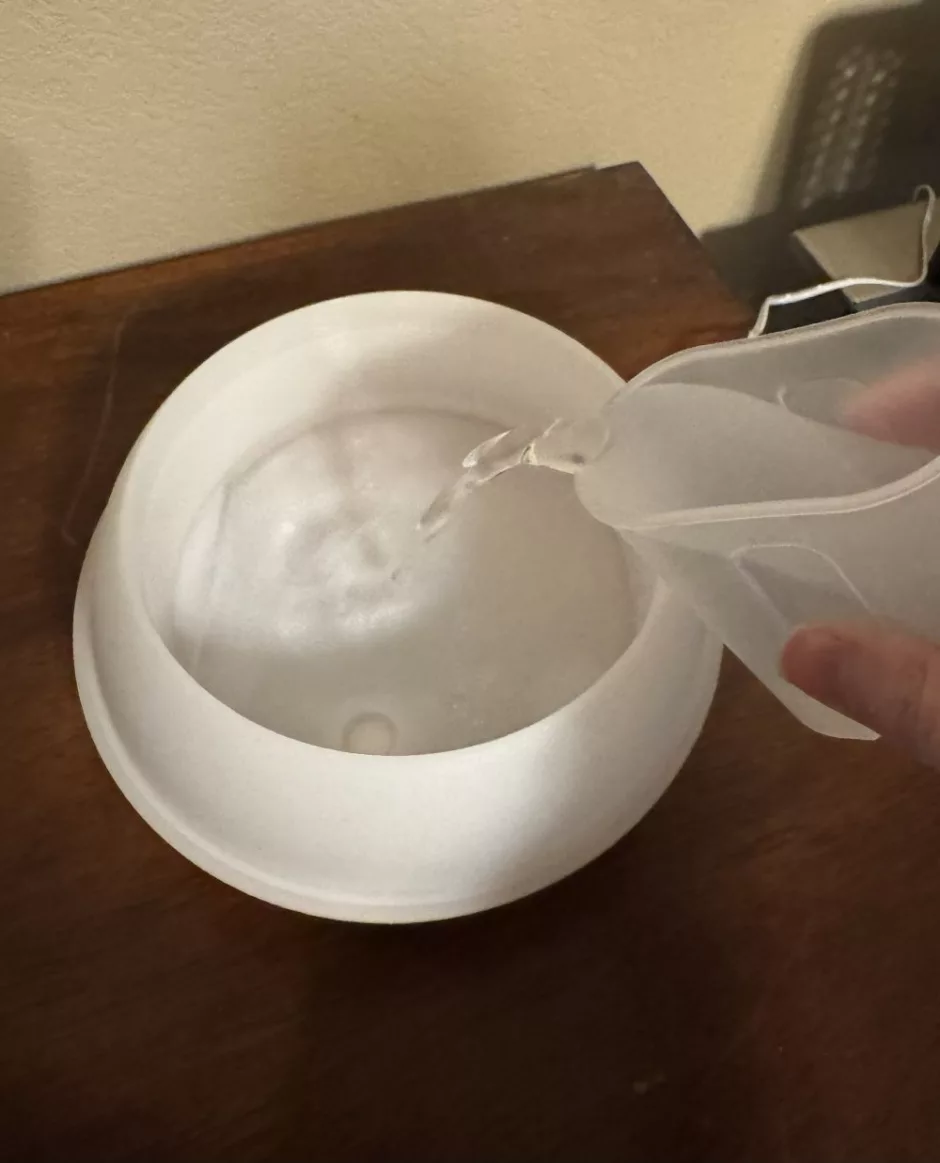
For example the maximum amount of water for my diffuser is 400 ml and it suggests 0.1 to 0.15 ml of essential oils per 100 ml of water.
I sense your next question is how much is a drop. The general consensus is that there are about 20 drops in a ml, though of course that varies depending on the liquid and the size of your dropper. But assuming 1 drop is 0.05 ml, you’d need 2 or 3 drops per ml of water, or about 8 to 12 drops total for a diffuser of my size.
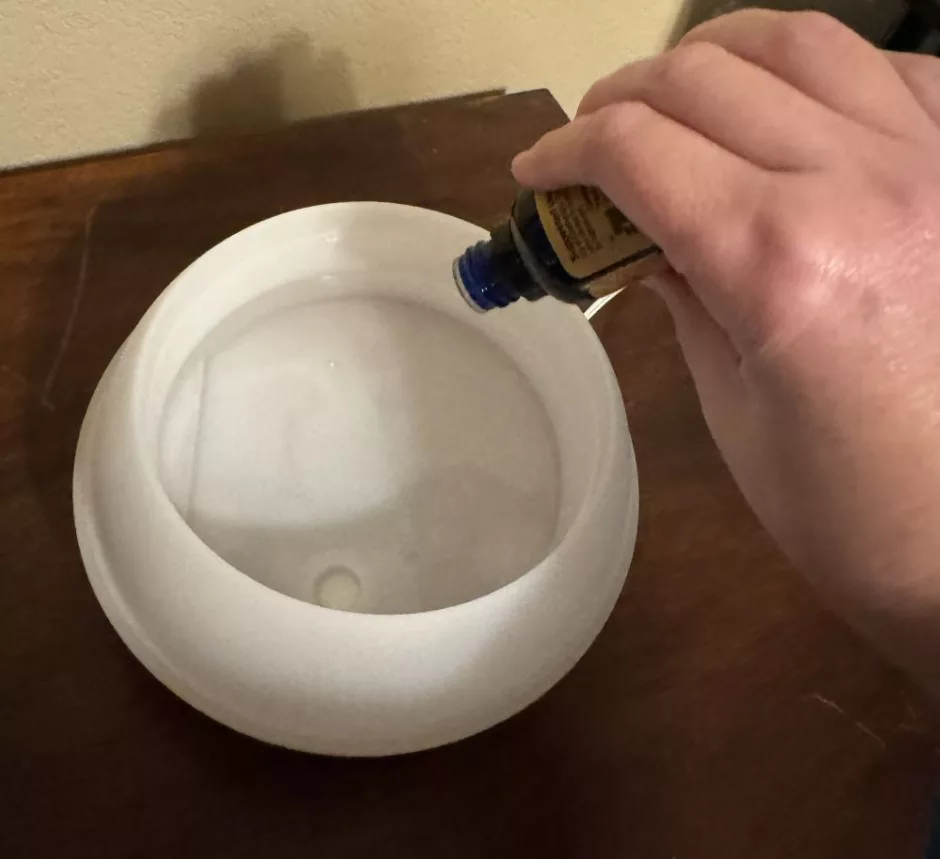
You can use all the same scent of oil, purchase ready made blends, or make your own blends by combining a few drops each of a few different scents.
I’ve lately been enjoying a few drops each of rosemary, eucalyptus and cedar, which are said to promote focus, energy and strength. Because we need all of that we can get, right?
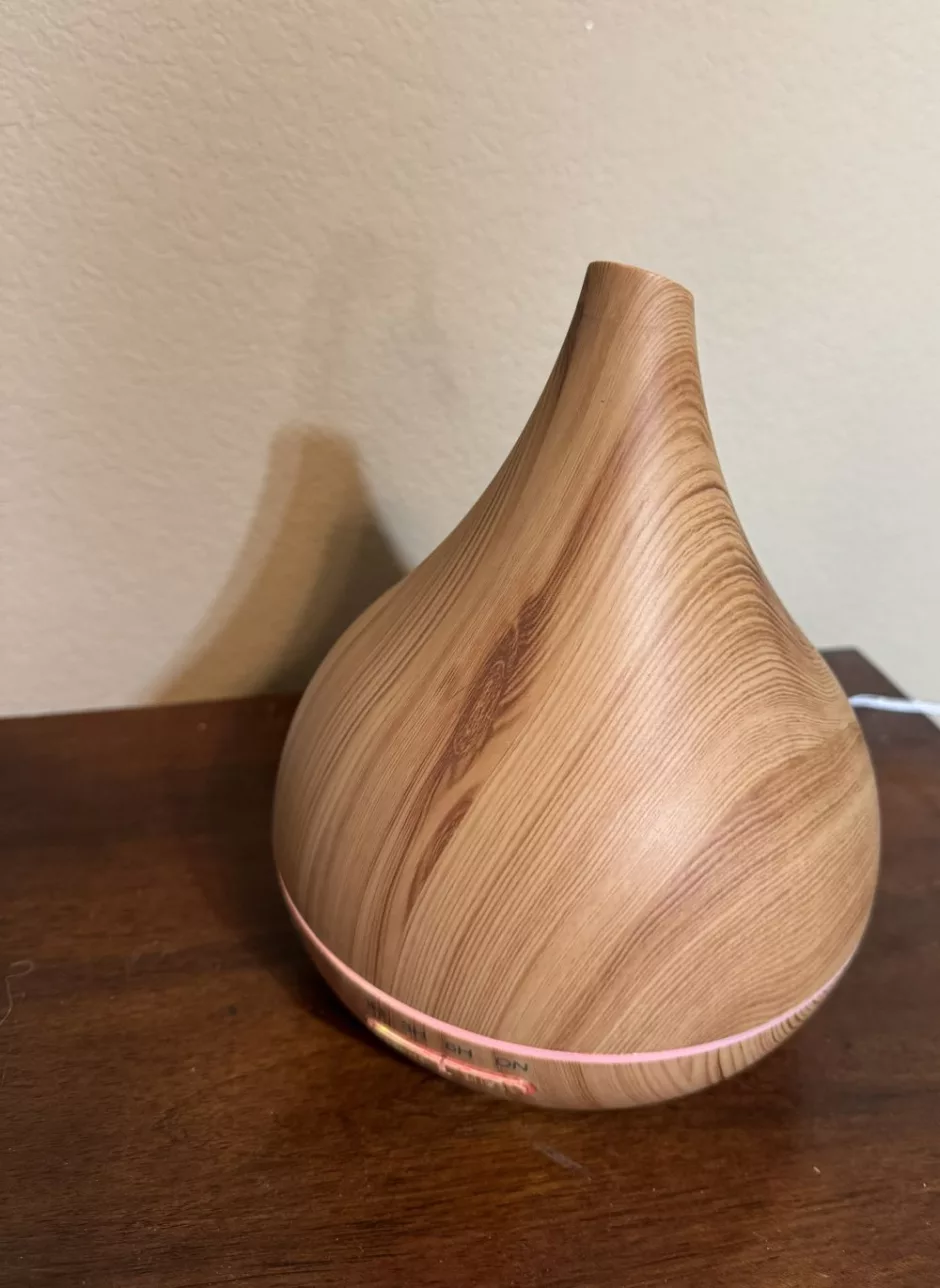
Do you use an essential oil diffuser at home? I’d love to hear about your favorite oils or blends and how you like to use it.


